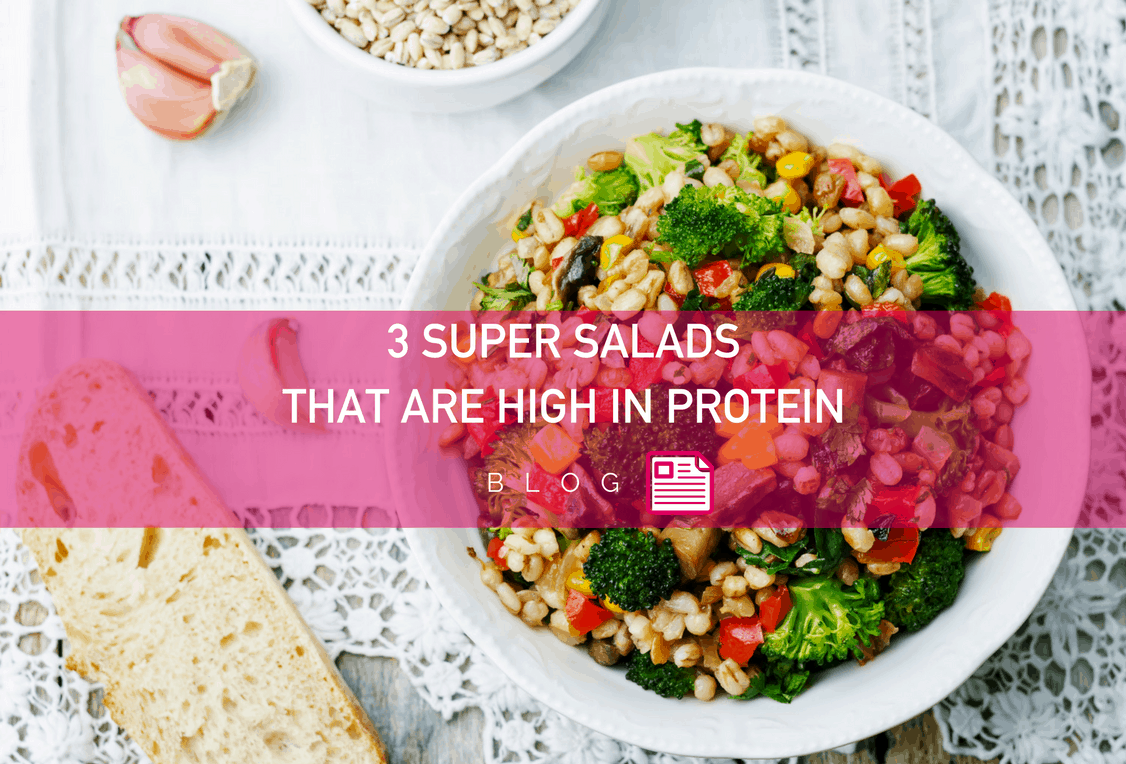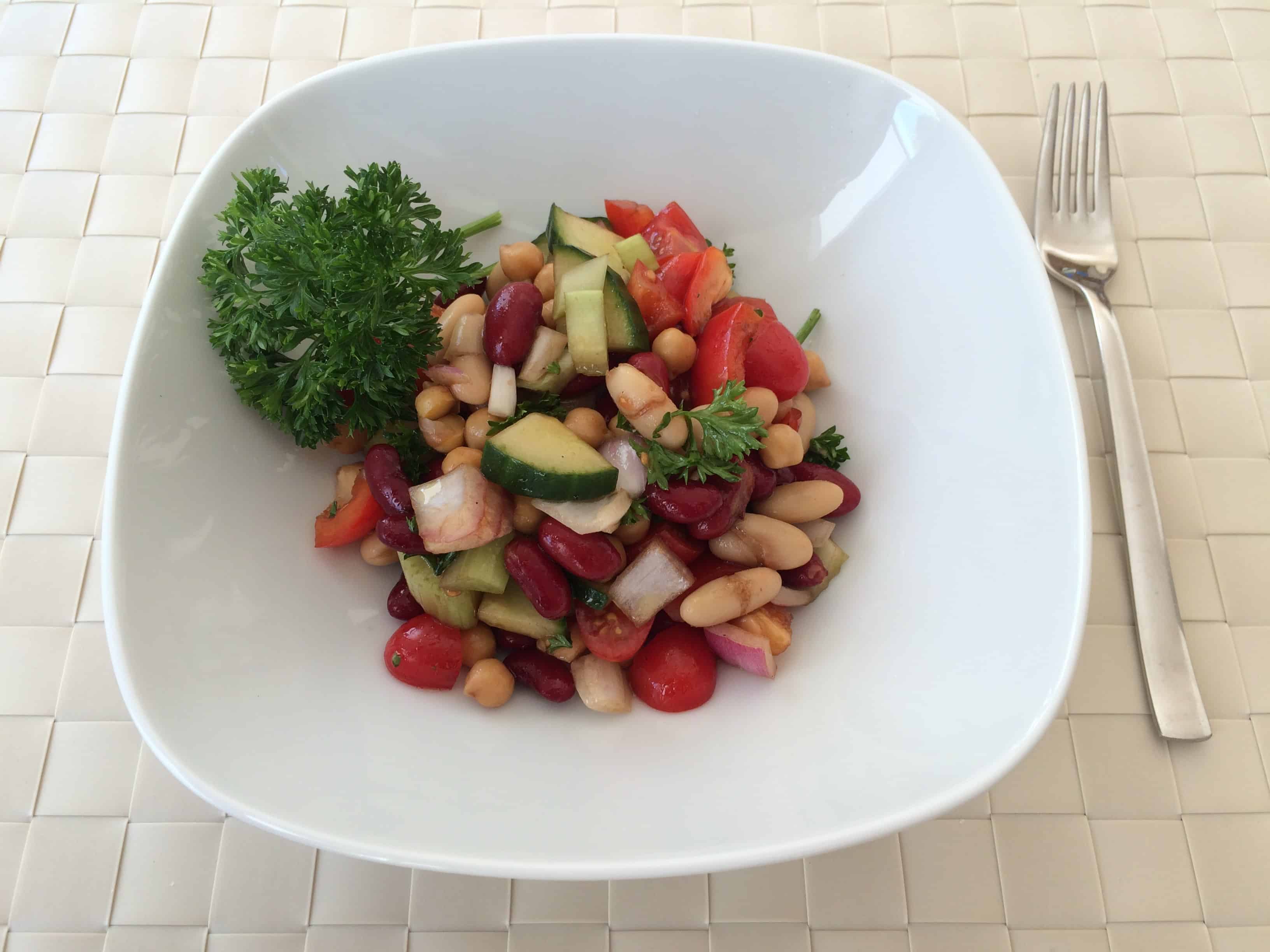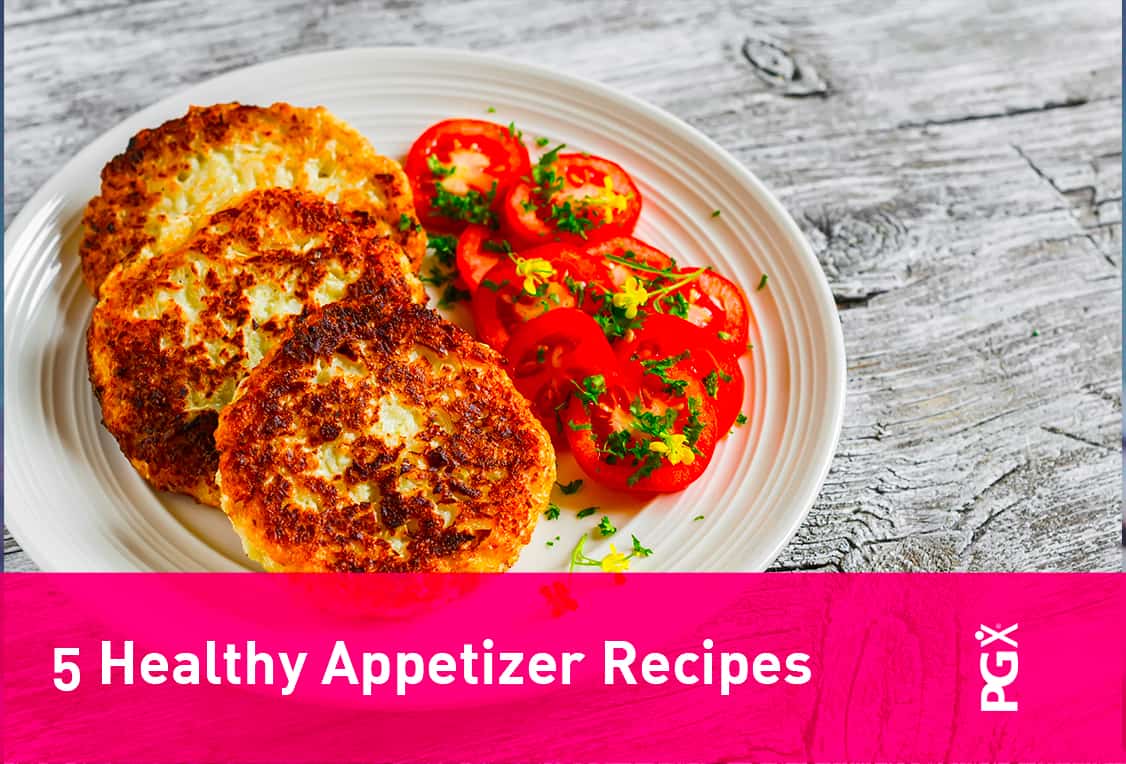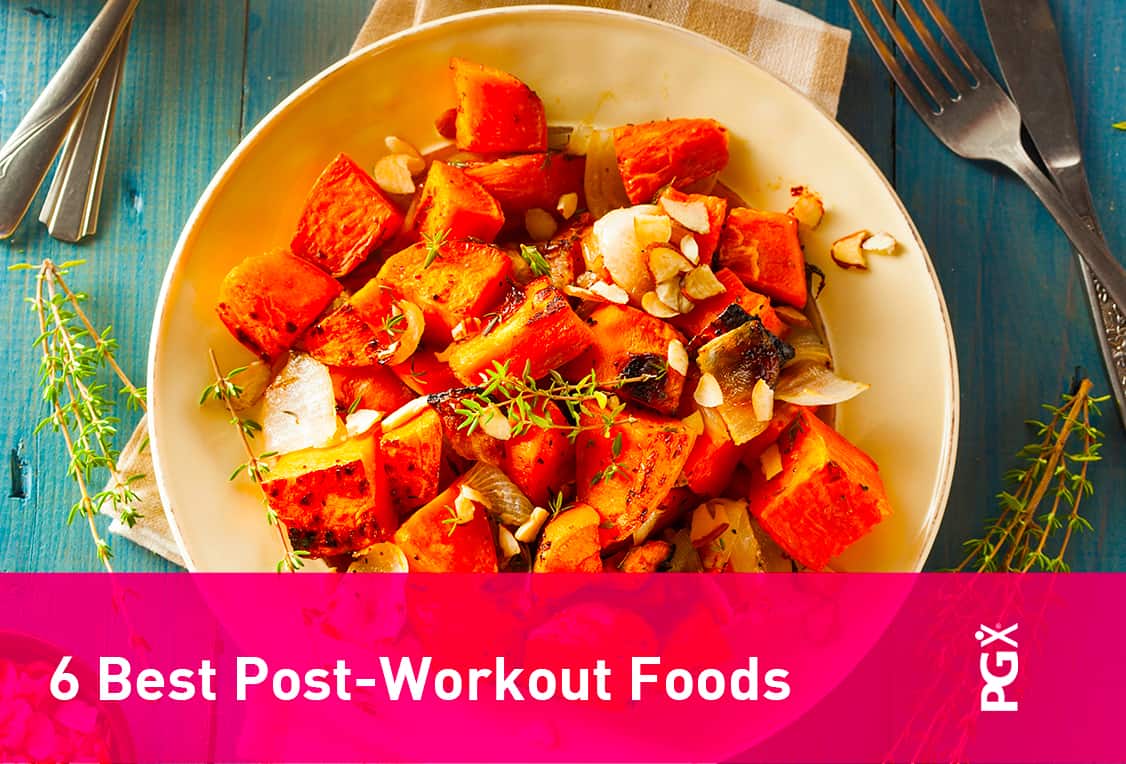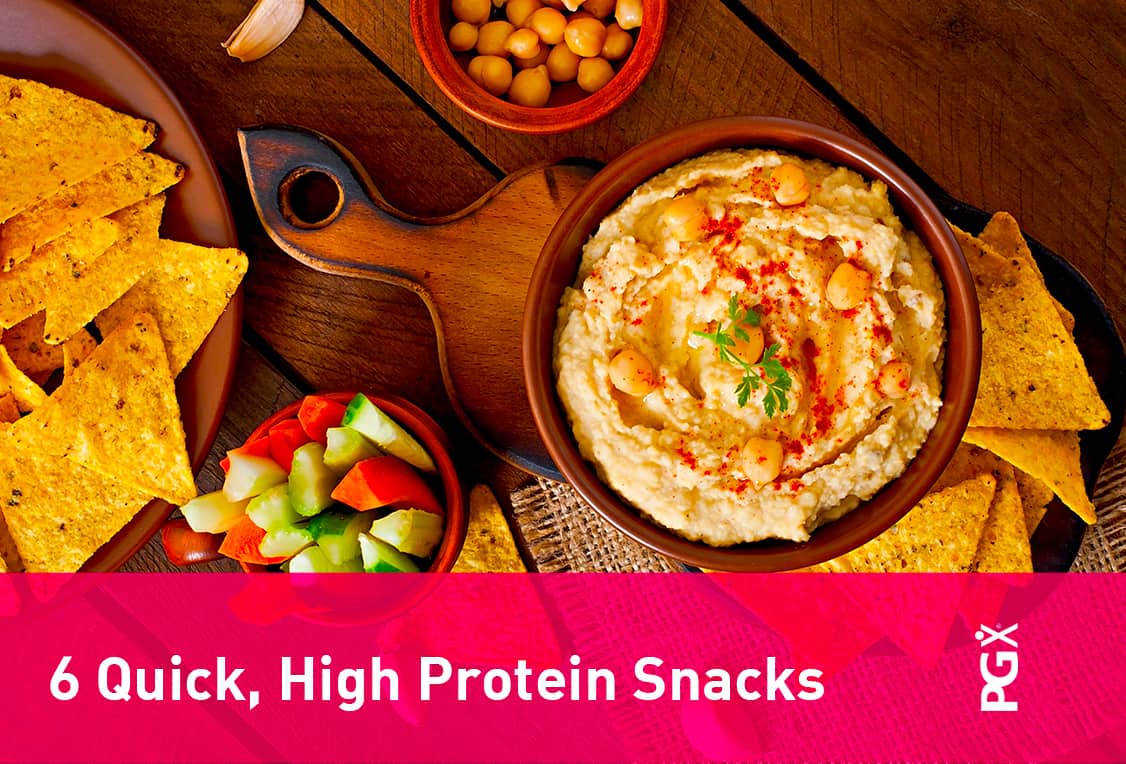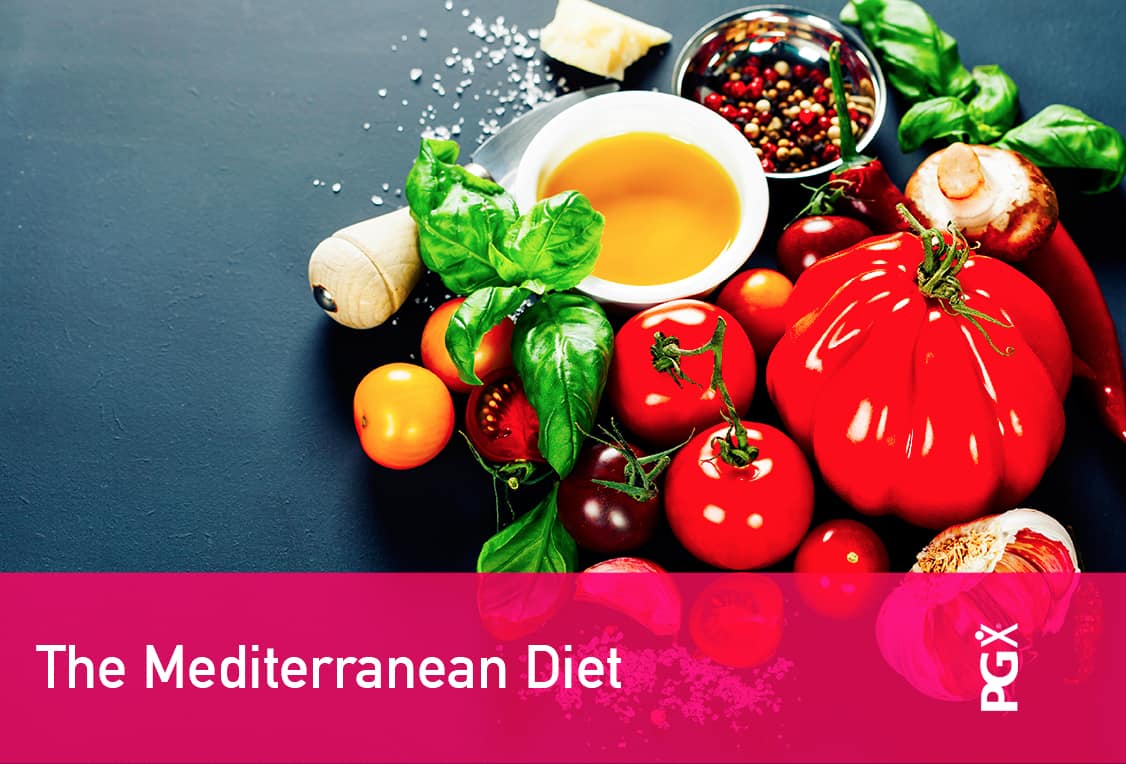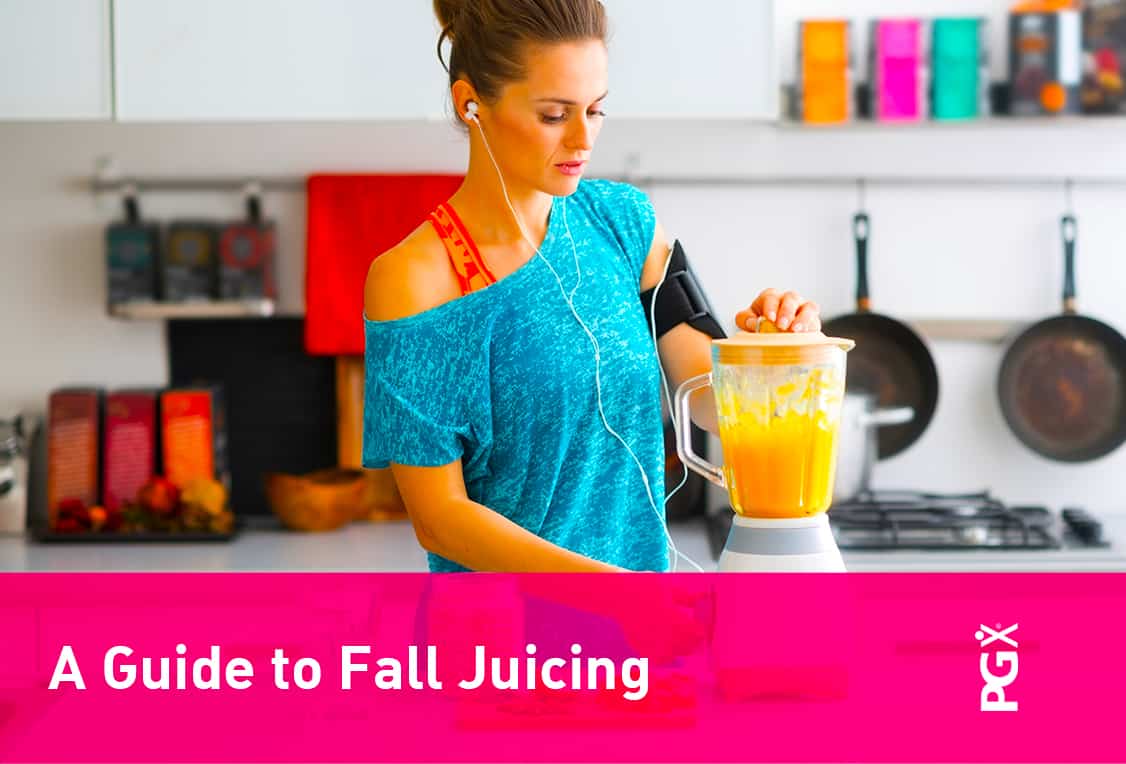
What you eat before and after a workout plays a vital role in your energy levels. When you’re exerting energy during exercising your body will rely on what you have eaten prior, and when you’re done working out your body will start to recover, using the food/drink that you consume afterward.
To keep your body from feeling sluggish while exercising, eat the right pre- and post-workout foods.
3 Easy Pre-Workout Foods
As a general rule of thumb, try to consume a healthy snack 45 minutes prior to your workout. It shouldn’t be heavy, as you don’t want to feel weighed down, but it should be filling enough so that you don’t feel hungry. During your snack time, also try to drink one or two glasses of water to help ensure proper hydration.
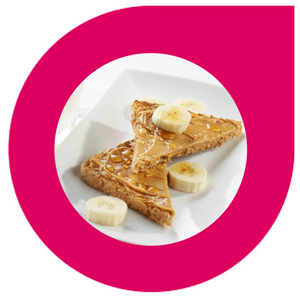 1. Peanut Butter Toast With Banana
1. Peanut Butter Toast With Banana
This pre-workout snack contains protein, fiber, magnesium, and potassium! In addition to being delicious, peanut butter also packs protein and fiber. Bananas have been used in endurance sports for decades because they contain vitamins, minerals, sit low on the glycemic level, and have also been known to help reduce muscle cramps.*
2. Fruit Smoothies with Protein Powder
Whip up a fruit smoothie with mixed fruit, frozen bananas, nut milk, and top it off with a serving of protein powder such as PGX Satisfast Whey Protein Drink Mix**, which is available in two tasty flavors!
3. Fruit With Almond Butter
Almond butter comes jam packed with monounsaturated fats (the good kind of fat), magnesium, and has also been shown to support healthy heart function.* Choose fruits that pair well with almond butter, such as apples and bananas.
3 Simple and Hearty Post-Workout Foods
Getting a solid meal into your system within 60 minutes of exercising is a goal worth shooting for. Food takes longer to digest than liquids, so the quicker you can eat something post workout, the faster your body can use that fuel to replenish the energy levels that have decreased during your workout.
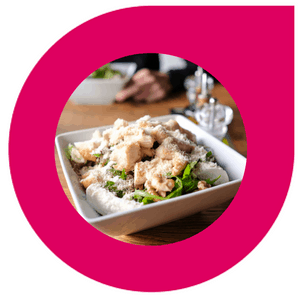 1. Salad with Chicken or Tofu, and Veggies
1. Salad with Chicken or Tofu, and Veggies
Salads are a fantastic healthy post-workout meal. Choose from toppings like veggies, nuts, legumes, and boiled eggs to help your body get the nutrients it needs, while your protein can come from chicken, shrimp, and nuts.
Here’s a recipe for a simple, healthy salad dressing I really enjoy:
- 2 tbsp apple cider vinegar
- 2 tbsp olive oil
- 2 tbsp fresh squeezed orange
- 1 tbsp of honey
2. Protein Pancakes
These four-ingredient protein pancakes are much more than just a healthy alternative to traditional pancakes, they’re also incredibly delicious! Complete this energy-boosting treat with a topping of nut butter and fresh fruit!
- 1 large banana
- 2 large eggs
- 1/8 teaspoon baking powder
- 2 tbsp of your favorite vanilla protein powder
- Mash the banana.
- In a large bowl, mix the remaining ingredients, then add mashed banana.
- Pour the batter into heated skillet, cook through, and enjoy!
3. Marinated Protein and Sweet Potatoes
If you want something a bit heavier for a post-workout meal, a lean protein paired with a healthy carb like sweet potatoes or yams will do the trick!
- Cook your meat in a marinade of balsamic vinegar, lemon, and garlic.
- Cut the sweet potatoes into disks (about ¾ inch thick).
- Fill a skillet with ½ inch of water and cover the sweet potato disks. Cook until a fork can easily pierce through the potato.
*These statements have not been evaluated by the Food and Drug Administration.
**This product is not intended to diagnose, treat, cure, or prevent any disease. Drink additional water (8 fl. oz.) after ingesting PGX. If you are taking medications, take one hour prior to or two hours after taking PGX.


 Water and Our Body
Water and Our Body The Benefits of Infused Water
The Benefits of Infused Water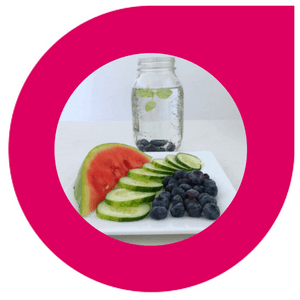 How to Infuse Water
How to Infuse Water